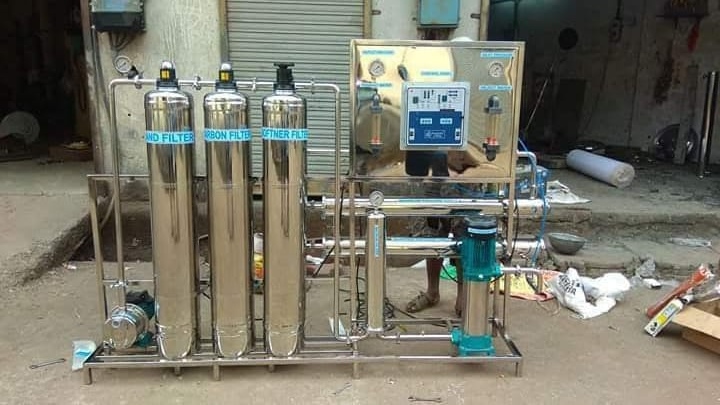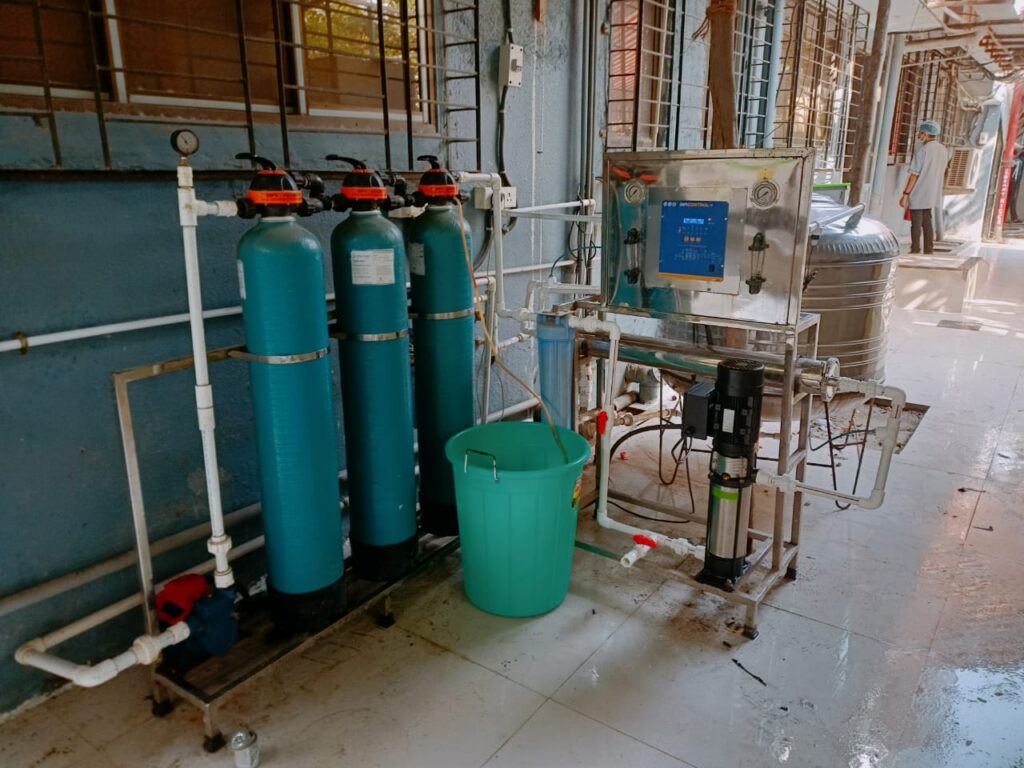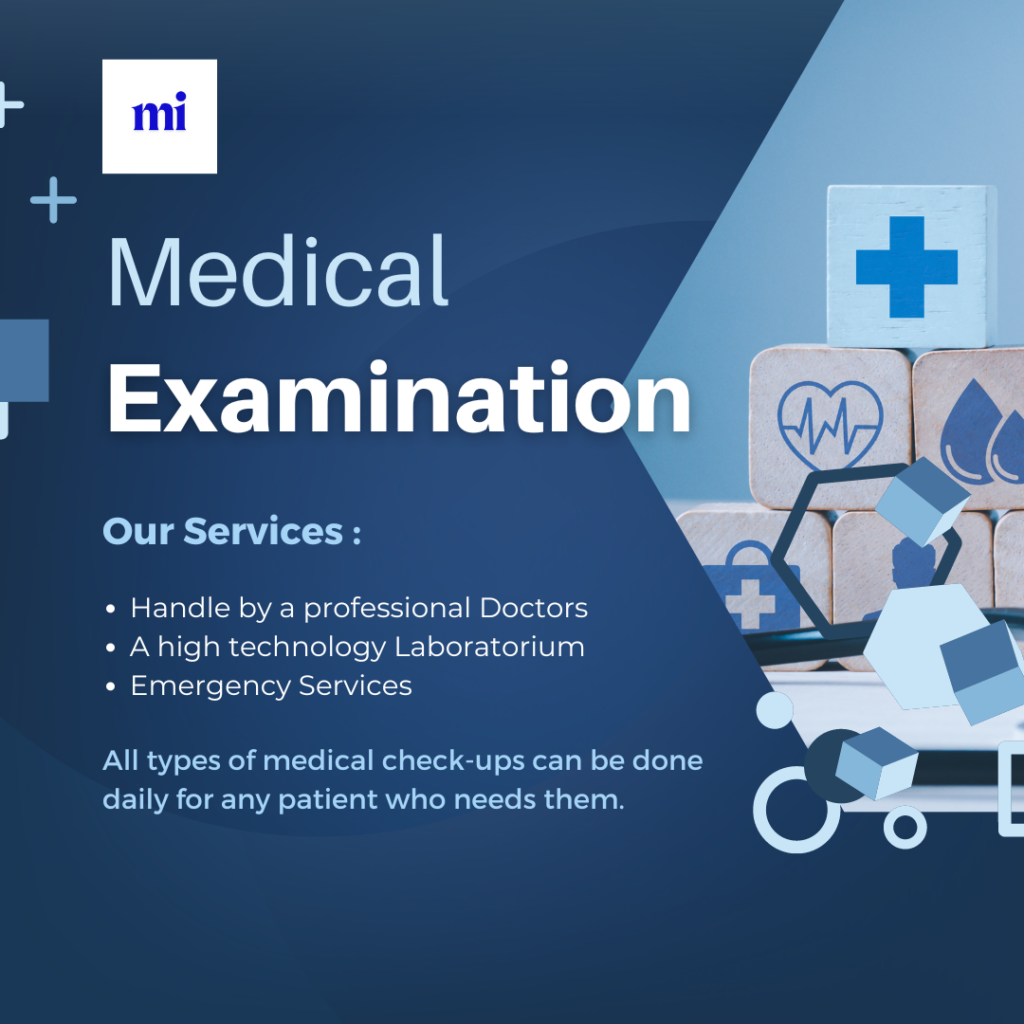Introduction:

Dialysis is a life-saving procedure for patients with chronic kidney disease or acute kidney failure, designed to perform the critical functions of the kidneys. At the heart of successful dialysis is the quality of the water used in the process. Given that water purity is vital to prevent complications and ensure effective treatment, medical hospitals have stringent requirements for water treatment systems. One such system that plays a crucial role in ensuring water quality is the Reverse Osmosis (RO) system. This essay explores the necessity of RO systems in dialysis, examining their function, benefits, regulatory requirements, and impact on patient outcomes.
Understanding Dialysis and Its Water Requirements:

Dialysis involves filtering the blood to remove waste products and excess fluids when the kidneys are unable to perform these functions naturally. Two primary types of dialysis are haemodialysis and peritoneal dialysis. In haemodialysis, a machine and dialyzer filter the blood outside the body, while peritoneal dialysis uses the lining of the abdomen as a natural filter.
Regardless of the type, the dialysis process relies on high-quality water to prepare dialysate, the solution that helps remove waste and excess fluids from the blood. Dialysate is typically composed of water, electrolytes, and other substances that mimic the body’s natural fluids. Contaminated water can introduce harmful substances or infections into the bloodstream, potentially leading to severe complications.
Role of Reverse Osmosis Systems (RO):

Reverse Osmosis (RO) is a water purification process that removes contaminants through a semi-permeable membrane. The system works by applying pressure to push water through this membrane, leaving impurities behind. RO systems are essential in dialysis for several reasons:
1. Removal of Contaminants: RO systems effectively eliminate a wide range of contaminants, including bacteria, viruses, dissolved salts, heavy metals, and organic chemicals. This purification is critical because even trace amounts of contaminants can adversely affect patients undergoing dialysis.
2. Compliance with Standards: Dialysis water must meet specific standards set by regulatory bodies such as the U.S. Environmental Protection Agency (EPA) and the Association for the Advancement of Medical Instrumentation (AAMI). RO systems are designed to meet these stringent requirements by ensuring that the water used in dialysis is of the highest purity.
3. Preventing Dialysis-Related Infections: Contaminated water can lead to infections and other complications. RO systems help prevent such risks by providing water that is free from microbial contaminants.
Regulatory Requirements:
Medical hospitals must adhere to strict regulations regarding water quality for dialysis. Regulatory bodies, including the AAMI and the Centres for Medicare & Medicaid Services (CMS), have established guidelines for water treatment. These guidelines emphasize the need for RO systems due to their effectiveness in removing contaminants and ensuring water purity.
1. AAMI Standards: The AAMI standards for dialysis water quality specify the maximum allowable levels of contaminants such as bacteria, endotoxins, and heavy metals. RO systems play a crucial role in meeting these standards by significantly reducing contaminant levels.
2. CMS Regulations: CMS regulations also mandate that dialysis facilities use water treatment systems capable of producing water that meets the required quality standards. This includes ensuring that RO systems are regularly maintained and tested to ensure ongoing compliance.
Benefits of Reverse Osmosis Systems in Dialysis:

RO systems offer several benefits that make them indispensable in dialysis:
1. High Purity Water: RO systems provide water with a high degree of purity, essential for preparing dialysate. This high-quality water reduces the risk of adverse effects associated with contaminated water.
2. Consistency and Reliability: RO systems offer consistent performance, ensuring that water quality remains stable over time. This reliability is crucial for maintaining patient safety and the effectiveness of the dialysis process.
3. Reduction of Long-Term Complications: By removing contaminants and ensuring water purity, RO systems help reduce the risk of long-term complications such as dialysis-related infections and other health issues.
Maintenance and Monitoring:

Maintaining and monitoring RO systems is vital to ensure their effectiveness in dialysis. Regular maintenance includes replacing filters, checking membrane integrity, and performing routine cleaning. Facilities must also monitor water quality parameters such as pH, conductivity, and endotoxin levels to ensure that the RO system is functioning correctly and producing water that meets quality standards.
1. Routine Maintenance: Regular maintenance tasks include changing pre-filters and post-filters, sanitizing the system, and checking for leaks or other issues. Proper maintenance helps extend the lifespan of the RO system and ensures consistent water quality.
2. Water Quality Testing: Regular testing of water quality is essential to verify that the RO system is effectively removing contaminants. This testing includes measuring parameters such as total dissolved solids (TDS), endotoxins, and bacterial counts.
Challenges and Considerations:

